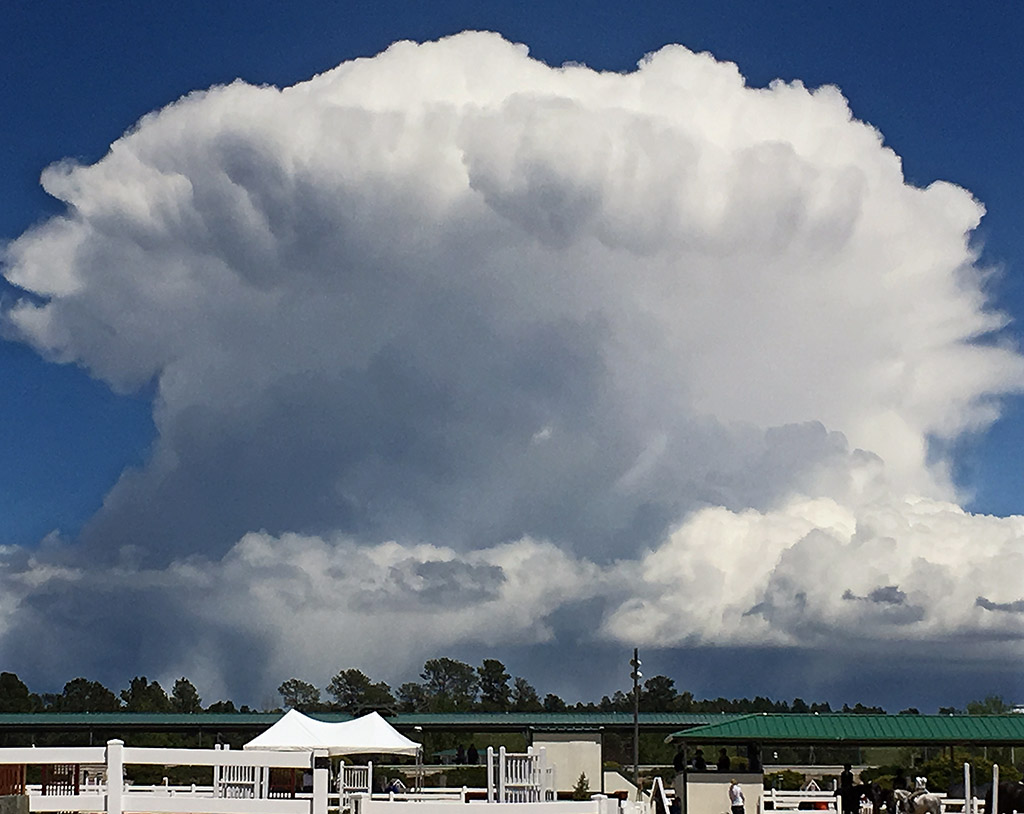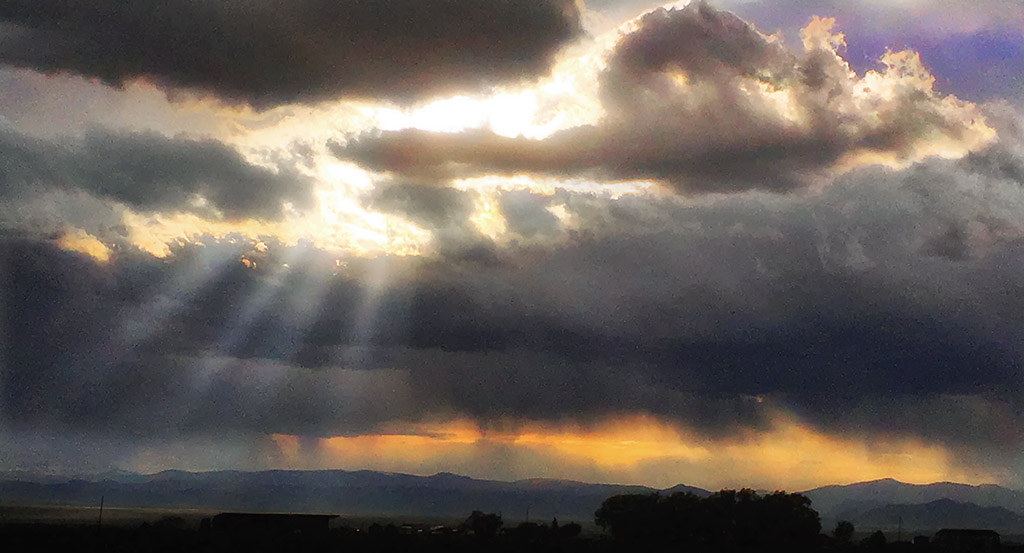Gary Anderson was my Physical Geography instructor at the Santa Rosa Junior College in the early 1980s. He spent a fair amount of time lecturing about the weather and was fond of pointing out that the mediterranean climate that blessed our patch of northern California (winter rains/summer droughts) was a something of a rarity in the United States and would often cite the Koppen climate classifications to underscore his point. Santa Rosa’s climate, by the way, is classified as Csa in the Koppen system as are Sevilla, Spain and Rome, Italy.
I came to take Mr. Anderson’s point thusly: while the weather in the Redwood Empire might have suited Luther Burbank to a T, it is fairly predictable and a bit boring: rainy winters and dry summers, with frost and fog tossed in the mix to keep things interesting.
There just isn’t a lot of volatile weather where I grew up.

But when I moved out to Colorado in 1998, I quickly came to appreciate what weather could be. For being a relatively small state, its Koppen profile is all over the place. Yes, the winters and their subzero temperatures are severe in Colorado. Everybody knows that. What really threw me was just how crazy the weather during the spring and summer months can get. Its drama is impossible to ignore.
On the cusp of a summer rain storm
Coloradoans enjoy sharing an adage about the weather between April and August. “Just wait ten minutes,” they’ll say, “and the weather will change.” There’s a kernel of truth to that axiom. I’ve awaken to a glorious blue-sky August morning and spent that evening raking up plants and leaves and branches shredded by an afternoon hailstorm. I’ve stood slack-jawed on our porch in June watching thunderous lightning shows with torrents of rain and then 15 minutes later, post-storm, stand in the same spot and breath in the newly fresh, calming, cool, summer evening air.

The prelude to a Colorado storm can be as impressive–sometimes more so–as the squall itself. Watching a cumulus cloud’s billowing ascent before a thunderstorm can be a very impressive site. The same can be said as a storm moves out of the area, especially in the evening, with sun breaking through dissipating clouds. It’s such a delicate moment, it’s almost the antithesis of the storm itself.